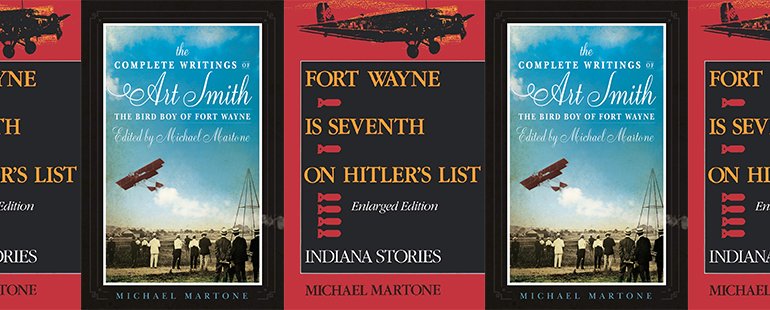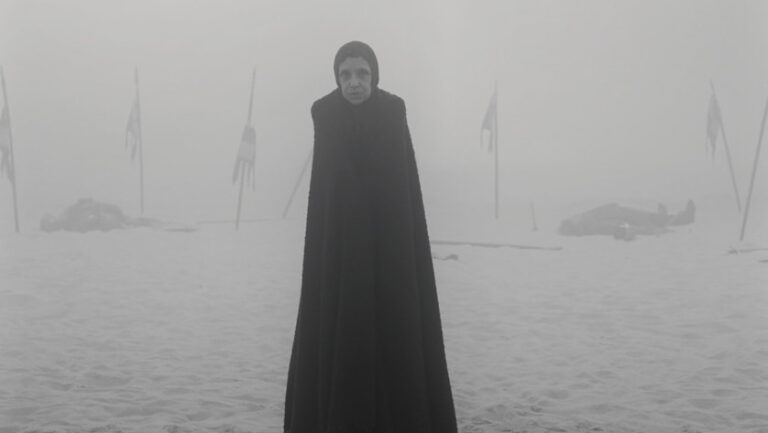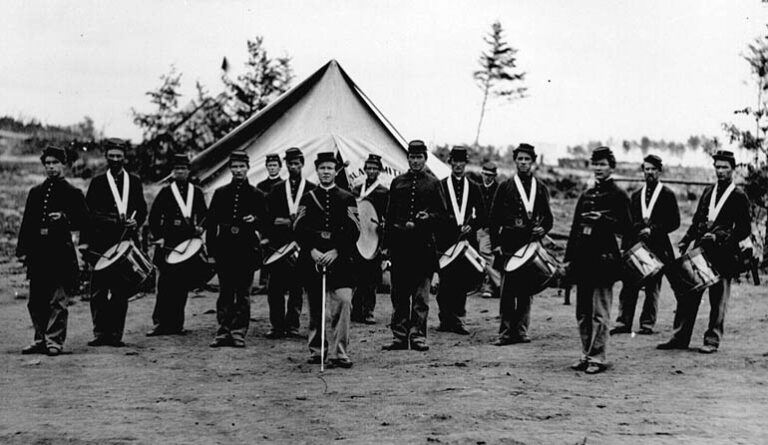Flyover Country

Some cities like Chicago or New York have literary reputations that precede them—dozens or even hundreds of writers have formed a layered mythos of the place. But what about cities like Grand Rapids, Milwaukee, Amarillo, Idaho City, or Fort Wayne? The mythos is thinner, less concentrated; maybe it doesn’t even extend much outside of the county. For writers from these places, it can be easy to feel like our hometowns don’t necessarily seem worthy of a reader’s attention. Or, perhaps even worse, we’re worried that a reader wouldn’t be curious about the location in the first place.
One twentieth-century American story, especially for certain people on the margins—people of color, people from the LGBTQIA community, women, and any individual with an artist’s sensitive heart and ambition—was the idea that migrating from Anywhere, USA to the largest city one can reach was a step to freedom and possibility. Leaving the Midwest, for example, was when one’s story began. While this has certainly been a true and necessary story of becoming for many people, however, it’s not the only story of the Midwest, and the path of personal growth from small-town-to-large-city has become a less necessary option in the twenty-first century. Those of us living in and writing from the Midwest know that it is not a monolith, and we seek to create work that reflects the nuances of why and how this region is full of places where we can thrive.
“Flyover country,” “minor cities,” and “second tier cities” are descriptions of the Midwest and its metropolises that, in their vague dismissiveness, seem to have been coined by people from somewhere else, not locals. “Flyover country,” in particular, fuses thousands of square miles, urban, suburban, rural, water, and land, into one hazy entity. “Heartland” is another term I’ve always been confused by. My partner and I—she from Minnesota, I from Wisconsin—never used this term growing up. Hearing it now, I wonder if the subtext is that someone’s heart is back home in the Midwest, but their body is somewhere else, invoking the heartland as a place that’s been left behind.
When I moved to Fort Wayne, Indiana’s second-largest city, several months ago, friends started sending me the work of Michael Martone, who grew up here and has spent forty years writing genre-subversive stories set in the Hoosier State, though he’s long since moved away. Fort Wayne as a point of origin is essential for Martone; two of his books even sport the city’s name in their titles. Both collections blur the line between fact and fiction and re-imagine how those of us who come from the middle of the country might write about home.
Fort Wayne is Seventh on Hitler’s List (1993), an expansion of his collection Alive and Dead in Indiana (1984), stakes a claim for Fort Wayne and the state writ large as a place of historical and literary import. Martone notes in the preface that he intends to “form a kind of Midwestern mythology,” leveraging news-of-the-weird-style tidbits as springboards for each of the stories. He crafts a series of monologues, some epistolary, through which we hear from James Dean’s high school drama teacher in Marion; the sexologist Alfred Kinsey at Indiana University; the father of James Abbott McNeill Whistler (of “Whistler’s Mother” fame), whose own father had a hand in building the fort in Fort Wayne; and Heinrich Schliemann, a Russian archeologist who traveled to Indiana because it was one of the few places, at the time, in which he could get a legal divorce.
We also hear from invented protagonists such as a young poet investigating the scrapbooks of his grandfather, a veteran of the Air Force in World War II. (As the title suggests, Hitler apparently ranked Fort Wayne seventh in his list of U.S. targets during the war; that newspaper clipping is one of the items the grandson finds in the scrapbook.) The story moves like a slideshow, the narrator clicking between frames, many of which riff on the idea of airplanes, danger, and home: air raid preparedness, bomb shelters, a mother pretending the baby food spoon is an airplane, and an anonymous skywriter who inscribes the word “SURRENDER” over Fort Wayne.
This last detail is a harbinger of the book Martone would eventually write entirely devoted to the inventor of skywriting and his birthplace, The Complete Writings of Art Smith, The Bird Boy of Fort Wayne Edited by Michael Martone (2020). A fictionalized biography of Smith, a real-life stunt pilot in Fort Wayne and the real-life inventor of skywriting, this book is part historical novel, part archives, with Martone—or a fictionalized version thereof—playing the part of the archivist. The book defies genre in true Martonian fashion.
Martone uses skywritten words like “REST” or “MOM” or “BOOM” as triggers for the sections of this book, each of which contains a fabricated photographic postcard of the word in the sky, and an accompanying block of prose below it. Smith’s smoky poetry serves as the portal through which readers can enter the zeitgeist of the 1910s and 1920s. For instance, the invention of zippers results in Smith skywriting a pictogram of that newfangled fastener he wears on his flight jacket. In 1921, Smith writes “9653,” the convict number of Eugene Debs, socialist candidate for president and resident of Terre Haute who was sentenced under the wartime Sedition Act before a pardon from President Harding.
A skywriter’s audience extends as far as the eye can see, but this same writer has room on his canvas for only a couple of words at a time. In the prose blocks, Martone similarly squeezes as much mileage out of each word as possible, riffing on the Orville Brothers, air mail, Fort Wayne’s Scottish Rite Masons, and the rights of airplane pilots with just four of Smith’s words: “Wright,” “right,” “RITE,” and “WRIT.”
Martone’s enviable vocabulary also includes words like “samara,” “pentiments,” “declivity,” “gloam,” and “endling,” not to mention all of the chewy airplane vocabulary—underneath a photograph in which Smith purportedly writes the word “HELL” in smoke, Martone writes: “The aircraft mounted dual spoked wheels for banking, a yoke for the whole aircraft’s pitch and trim which was wired with six toggles to adjust each rotor’s variable pitch setting, a half dozen throttles, one regulated with one’s knees, and a set of foot pedals for yaw.” Martone’s lyricism is also striking. Consider, for instance, the architecture of this elegantly punctuated sentence, which contains all the movement and telescoping of its graceful subject matter: “From the air, the world, falling away below, grew so small.”
A writer dignifies a subject by treating it with care and precision. Martone shows us that Indiana and its people are worth describing, over and over, in tremendous detail. Similar to Fort Wayne is Seventh on Hitler’s List, The Complete Writings of Art Smith, The Bird Boy of Fort Wayne Edited by Michael Martone is obsessed with the detail of character and persona. On the streets of and in the fields around Fort Wayne, we learn about the region’s avian history, the degradation of Smith’s father’s vision, the Indiana Gas Boom, and more. Martone places Art Smith on the map to witness it all.
Smith, nearly always described by Martone in full as “Art Smith, the Bird Boy of Fort Wayne,” leaves the city and eventually becomes, “A Bird Boy, yes, but of Fort Wayne, less and less . . . No, it had dawned on him a while ago that he was now, more and more, a citizen of the sky.” Smith transports roses to Portland, conducts exhibition flights in Japan, inscribes “FLEW” over a Kansas sanatorium during the 1918 pandemic. The protagonist evolves and the book becomes a kunstlerroman, the coming of age of the (sky)writer. The coming of age of human flight is the era in which Smith’s “patient calligraphy” takes place, an era in which many pilots built the planes with their own hands. In the time of Ohio’s Wright Brothers, Indiana is not a flyover region, but a place of flight, a destination for crowds to gather to see the Bird Boy above.
Even when depicting his global travels, Martone never portrays Smith as someone trying to escape Fort Wayne. But Martone does portray Indiana as a crossroads, and thus, a ripe location for fiction. The characters in these books are flying, driving, taking the train, bumping into fame and danger, relaying the lore. Martone’s keen sense of history invokes Fort Wayne as a place where things have happened. One of Fort Wayne is Seventh on Hitler’s List’s protagonists, an enthusiast of the local radio station, WOWO, who searches for comfort and community on the airwaves, says, “I live in a city I’ll call Fort Wayne.” She could be anywhere, but she is here. By blurring the line between fiction and the historical record, it’s not that Martone’s stories could have happened anywhere, it’s that Fort Wayne is the only place where these particular stories could have happened.
When I started reading Martone’s work, I was hoping he’d teach me the essential secrets of Fort Wayne, a city I’ve hardly been able to explore in the months I’ve lived here due to the pandemic, and there is something satisfying about reading stories that happen in places I could hop on my bicycle and pedal to. But Martone is not trying to prove anything about Fort Wayne or its residents. He’s not making a grand statement or treatise about why people should move to or avoid or stay in or leave the Midwest. Instead, Martone teaches the flown-over writer to treat the Midwestern setting with dignity and curiosity, allowing the landscape to help characters tell their stories.
This piece was originally published on January 13, 2021.


